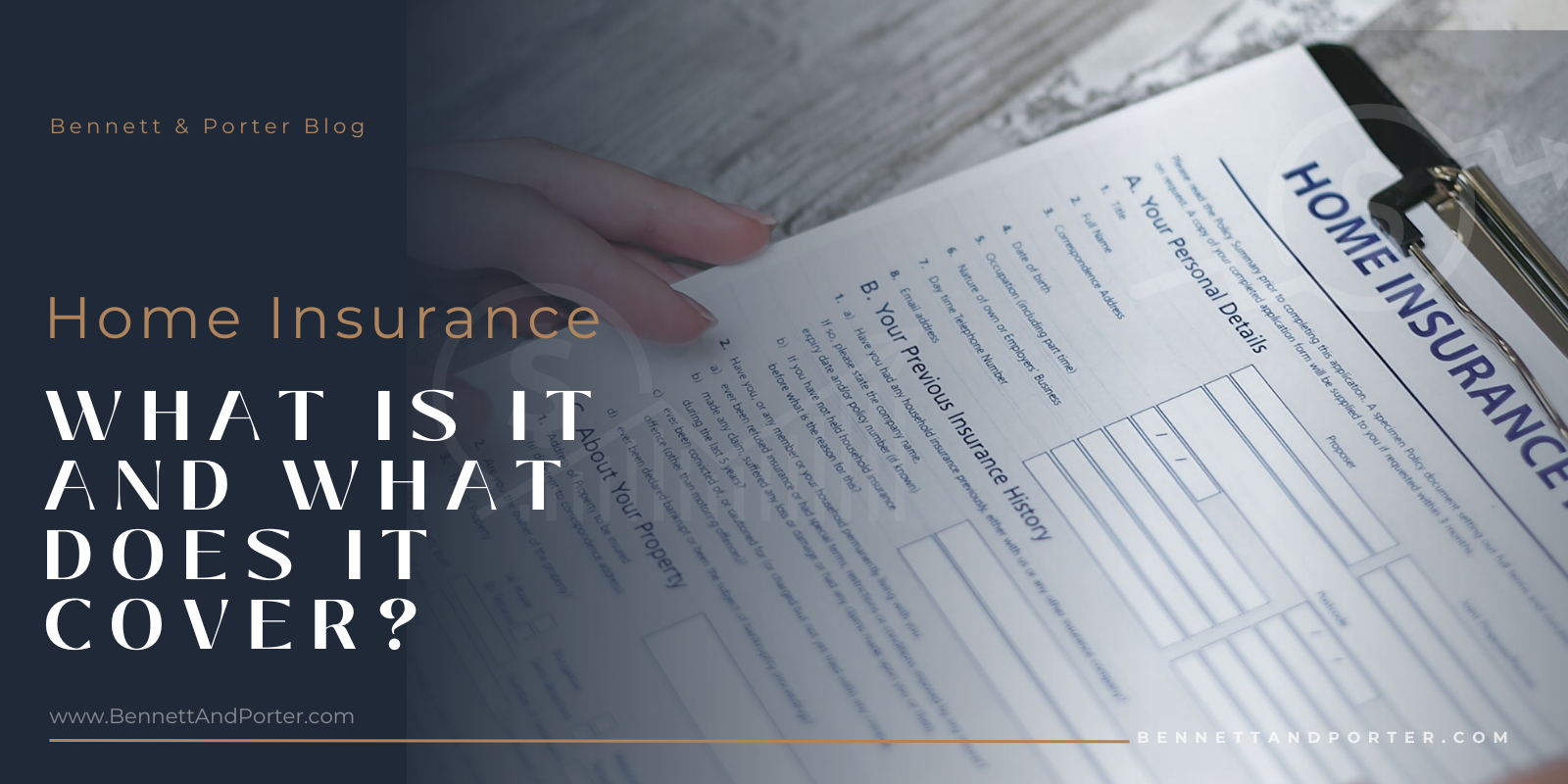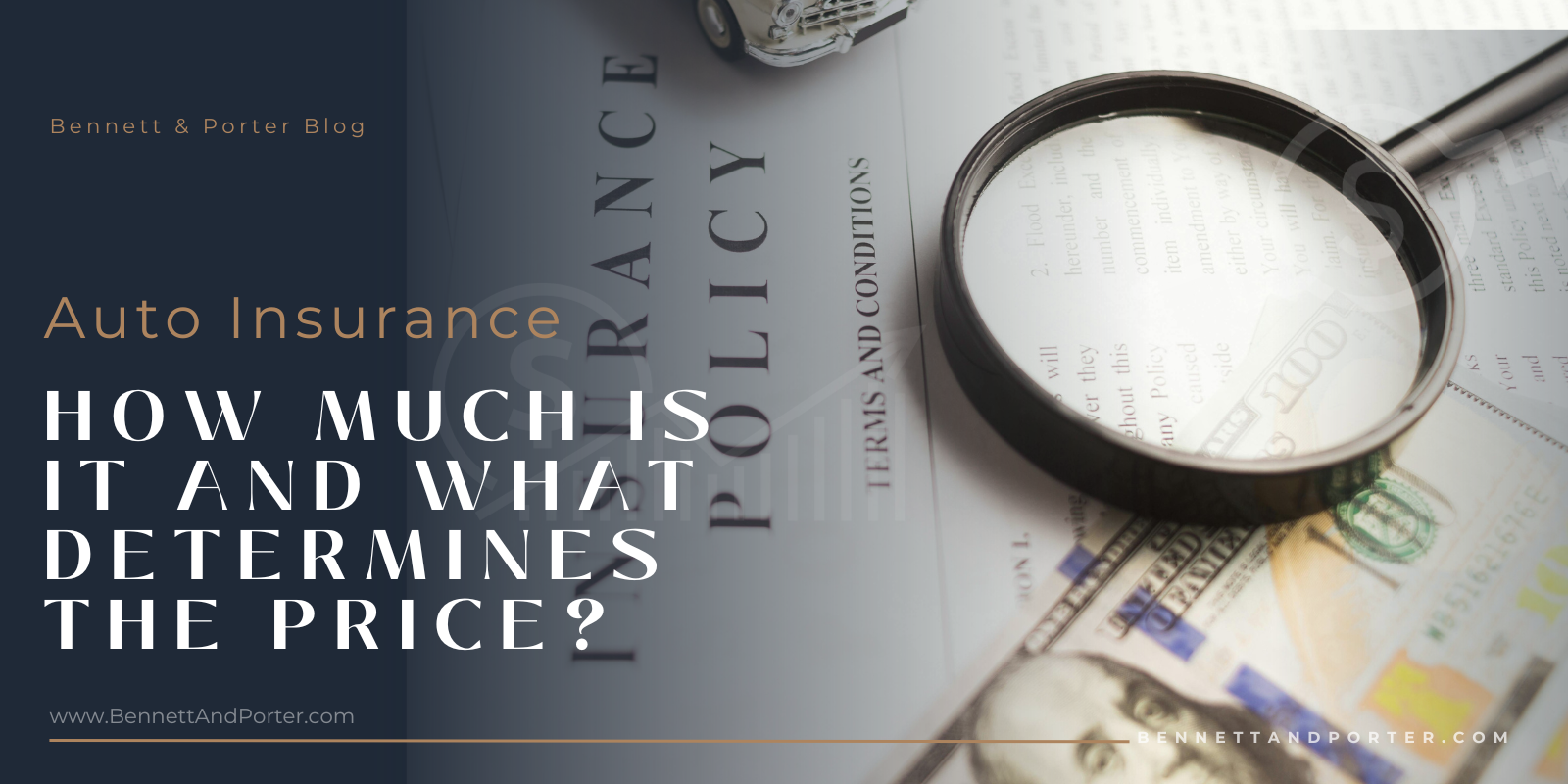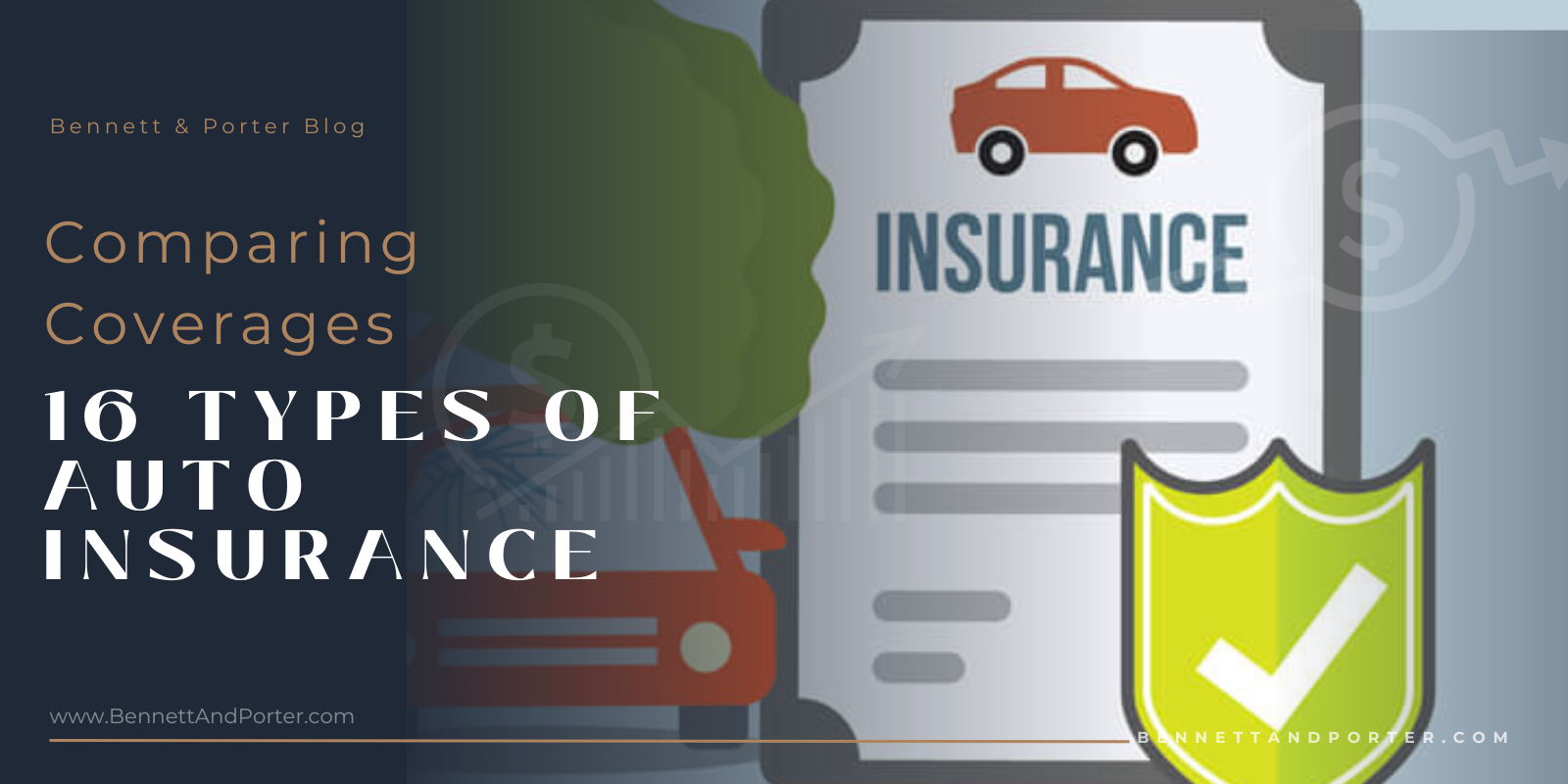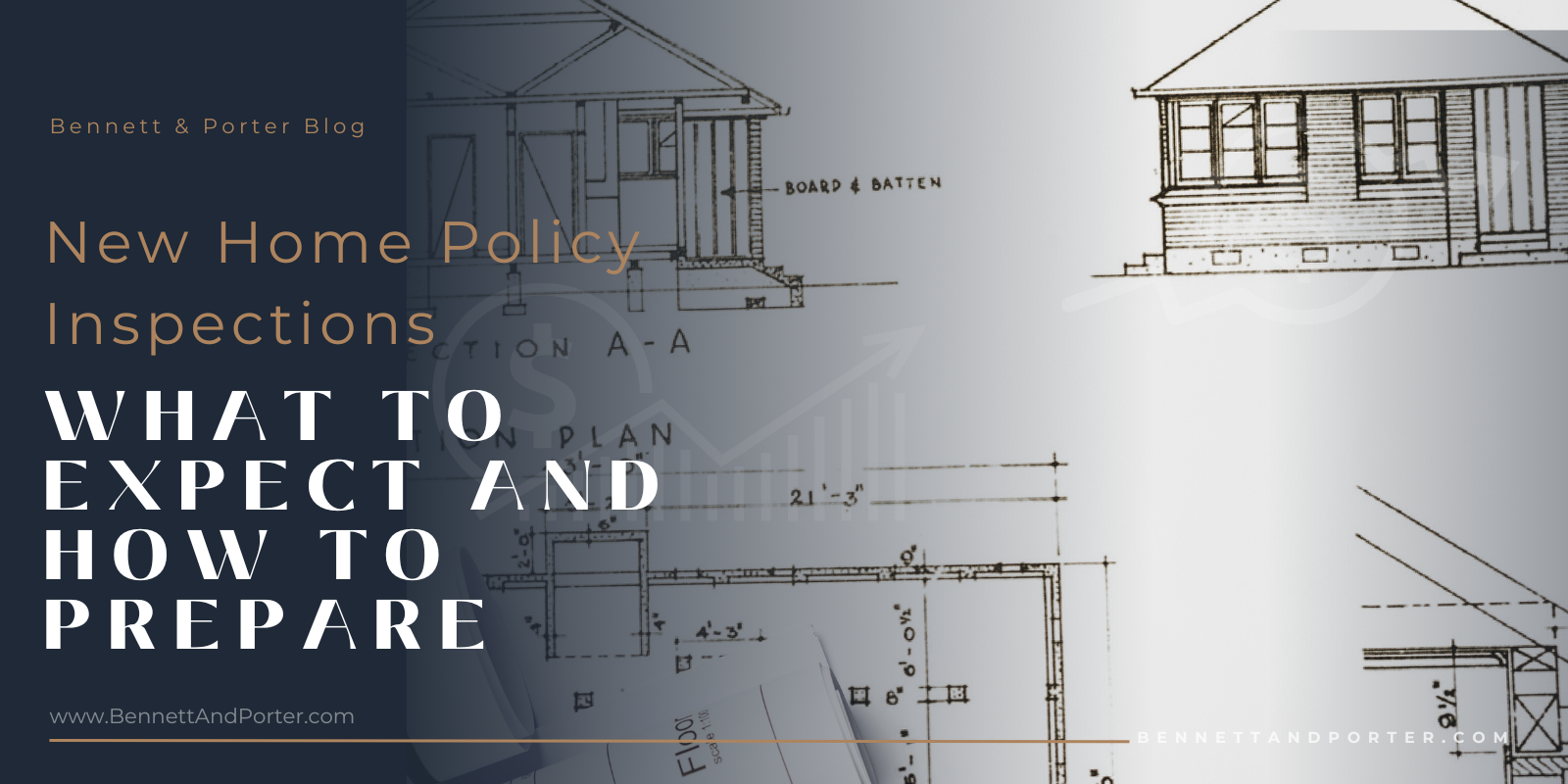What is auto collision insurance, do you need it, is it required by law, and is it really worth it? We’re answering all of your questions as the interest in this type of insurance keeps growing each year.
What Is Auto Collision Insurance?
In Arizona alone, there are more than 125,000 motor vehicle crashes annually, producing countless injuries and leading to thousands of fatalities. The sheer number of these accidents shows the necessity for auto insurance.
So first, let’s answer the most important question: What is auto collision insurance and how can it protect me in the event of a crash?
Auto collision insurance is auto coverage that reimburses the insured for damages sustained to their personal automobile, due to the fault of the insured driver. Essentially, it pays to replace or repair your car after a car accident, minus your deductible.
Auto collision insurance is typically an optional coverage, which means you will have to pay extra to add it to your auto insurance policy. If you have a car lease or loan, the leasing company or lender will most likely ask you to buy auto collision insurance.
How Auto Collision Insurance Works
Another piece of the puzzle to answer what is auto collision insurance is breaking down how it actually works.
If you get into an accident and have auto collision insurance, you can file a claim that will help cover the cost of repairs to your vehicle, regardless of who was at fault. The same is also true even if the damage to your car is so extensive, it’s beyond repair.
It’s important to note auto collision insurance only covers the damages from an actual collision. It won’t cover damages due to theft or vandalism.
If you’re not at fault for the accident, the other driver’s car insurance would typically cover the cost of your repairs. However, if the other driver is underinsured or uninsured, auto collision insurance can help cover part of the costs.
When filing a collision claim, you will be responsible for paying the deductible. But your insurance company will cover the remaining cost of repairs up to the market value of your vehicle.
Reducing or Waiving Your Collision Deductible
Another thing to note is that your collision deductible will apply even if you’re not at fault for damage to your vehicle. If the at-fault driver doesn’t have enough insurance to pay for the damages and you don’t have Underinsured or Uninsured Motorist Property Damage Coverage (UMPD), your auto collision insurance will have to pay for the damage.
One way to reduce your collision deductible is by adding disappearing deductibles to your policy. Available with some insurance companies, these policies would reduce your deductible by a certain amount if you go each year without a ticket or an accident.
Comprehensive vs. Collision Insurance
You should also know the differences between comprehensive and auto collision insurance as it’s another important piece of the puzzle when answering what is auto collision insurance.
The main difference between the two comes down to what the driver controls. Collision insurance will cover events when another vehicle collides with your car or events within a motorist’s control.
On the other hand, comprehensive coverage generally falls under the “acts of nature” umbrella, referring to things out of your control. This can include heavy storms, car theft, or animal encounters.
What Auto Collision Insurance Covers
As we mentioned earlier, collision insurance covers you when your vehicle collides with another object. That includes damages resulting from a collision with:
- Other vehicles
- Guard rails
- Signs
- Fences
- Telephone poles
- Trees and shrubbery
- Homes and buildings
Depending on your auto collision insurance and your location, your auto collision insurance might also pay to repair if you’ve flipped your vehicle. Also, they might cover hit-and-runs or collisions with a pothole.
If you have any additional questions, it’s always a good idea to discuss them with your insurance agent at Bennett + Porter. They can help you identify all the things that are and aren’t covered under your policy.
What Auto Collision Insurance Doesn’t Cover
Speaking of things that aren’t covered under auto collision insurance, let’s see what doesn’t fall under your policy.
Your collision policy won’t cover:
- Damage to another driver’s vehicle
- Damage due to a natural disaster
- Theft or vandalism
- Bodily injury costs for anyone injured in your or another person’s vehicle
- Damage from an accident with a pedestrian or an animal
That said, if you want to be covered for the scenarios listed above, there are options. For example, liability insurance will cover costs associated with bodily injuries or physical damages if you’re at fault for an accident.
But if you want a policy that will protect you from natural disasters, theft, vandalism, or weather damage, you might consider a comprehensive insurance policy.
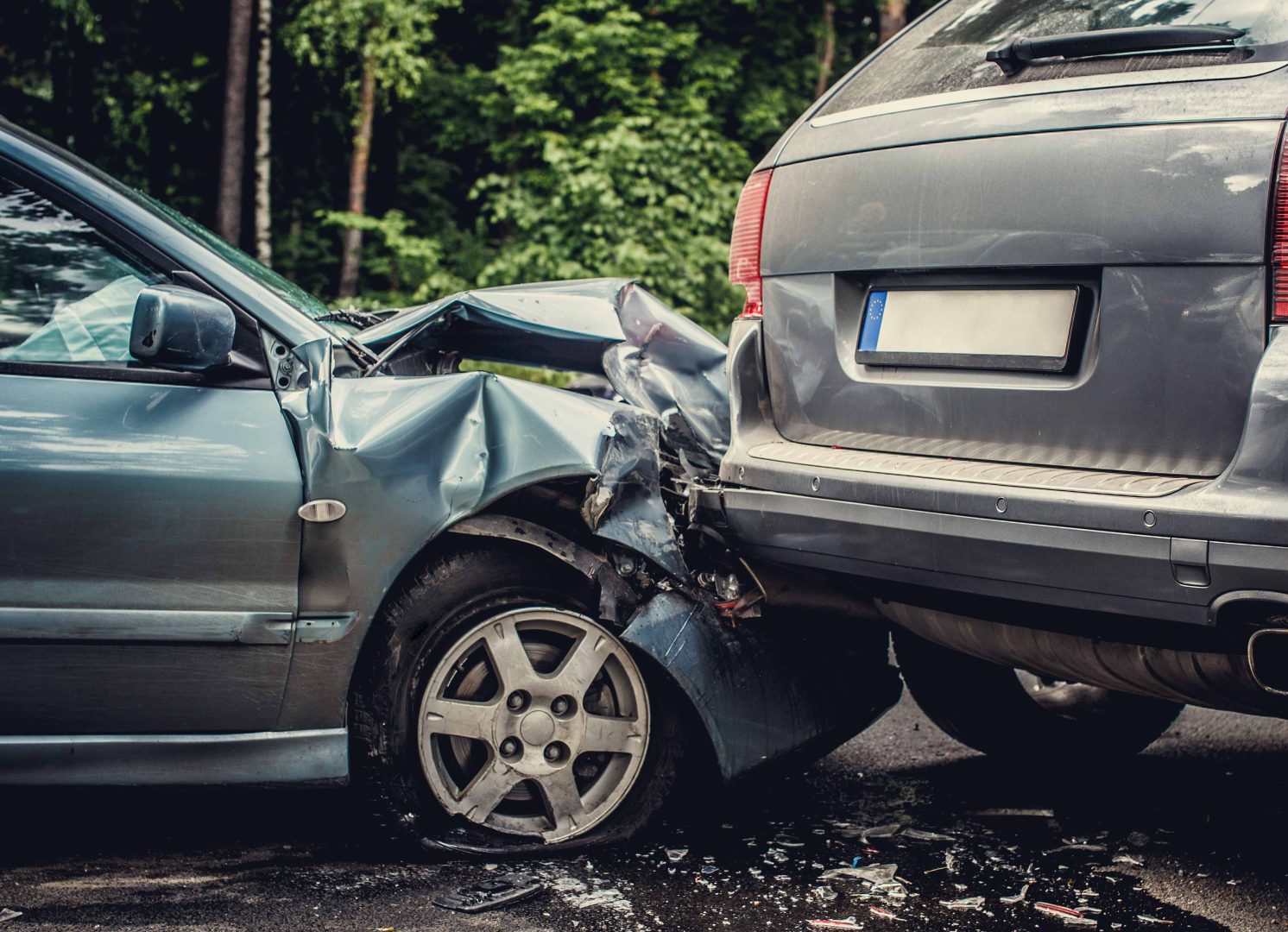
The Cost of Auto Collision Insurance
Now that we’ve answered What is auto collision insurance, it’s time to talk prices.
The cost of auto collision insurance can vary greatly by state. For example, South Dakota has some of the lowest rates, with the annual average collision insurance cost standing at $248. On the other hand, you have the District of Columbia, with a median price of $539.
For Arizona, you can expect the price to be around $330 for your auto collision insurance.
That said, in addition to your location, there are other factors that will determine the cost of your insurance. These include factors like driving history and the value of your vehicle.
For instance, if you have a clean driving record, you can typically expect better rates than someone who has been involved in several accidents or is otherwise considered high-risk. Similarly, if your vehicle is especially expensive to repair, you will likely see higher rates compared to someone with an older, less expensive vehicle.
Your deductible will also play an important role in determining the cost of your auto collision insurance. Deductibles on this type of insurance generally range from $250 to $1,000, with lower deductibles leading to higher premiums. That said, always try to choose a deductible that would be comfortable covering if your car were to be damaged.
Do You Need Auto Collision Insurance?
Moving from the biggest question, What is auto collision insurance, it’s time to turn our attention to the other burning question. Do you actually need auto collision insurance?
In most states, you’re not required to get this type of insurance as it is an optional coverage. That is unless you’re leasing or loaning your car, in which case you will probably have to. That’s because your leasing company or lender wants to protect their financial investment if you total your car by accident.
But even if you’re not required to get auto collision insurance, it’s definitely worth considering. According to data from the National Association of Insurance Commissioners (NAIC), the average incurred loss per claim is on the rise.
If you cause a car accident and don’t have collision insurance, you won’t have coverage to pay for your car repairs. What’s more, if your vehicle is deemed a total loss, you would have to pay out of pocket to replace it.
If you’re still unsure if you need auto collision insurance schedule a complimentary, no-obligation consultation with one of our insurance experts today. They can walk you through different scenarios and policies, and answer any questions you might have.
If You Get Hit by Another Driver
If someone crashes into your car, causing a collision, you will have two choices:
- Making a claim on your own auto collision insurance;
- Making a claim against the other drivers’ liability insurance;
Let’s take a closer look at your two options.
Making a Claim on Your Own Auto Collision Insurance
In this scenario, your collision insurance will pay for your car repair bills, minus the deductible. For example, if the cost to repair your car was $2,000 but your deductible was $500, you would get an insurance check for $1,500.
Also, as the other driver was at fault in this scenario, your insurance company might be able to get a partial or full refund of your deductible through a process known as subrogation. Keep in mind that the laws for subrogation vary from one state to the next and the process might take a year or even longer to be resolved.
Making a Claim Against the Other Driver’s Liability Insurance
If another driver caused the collision, you also have the option of making a claim against their liability insurance. The process might get a bit complicated depending on where you live as you’ll have to deal with the other driver’s insurance company.
In this instance, the process gets tricky because some states have comparative negligence laws for car accidents. These laws assign a certain percentage of fault to each driver.
For instance, the insurance company of the driver who was at fault might decide that their driver was 75% at fault and you 25%. In that case, they would only pay 75% of your claim.
If that’s the case and your car repair bills are $2,000, the insurance company of the other driver would award you $1,500. That’s before your deductible is subtracted.
Final Thoughts on What Is Auto Collision Insurance?
We hope to have helped answer what is auto collision insurance, who it is for, and how it works. If you have any more questions about this type of coverage and why and how it might work for you, get in touch with us.
Our insurance professionals have worked with thousands of individuals, providing unmatched expertise and service. With access to dozens of industry-leading carriers, we can find the best rates for our clients.



